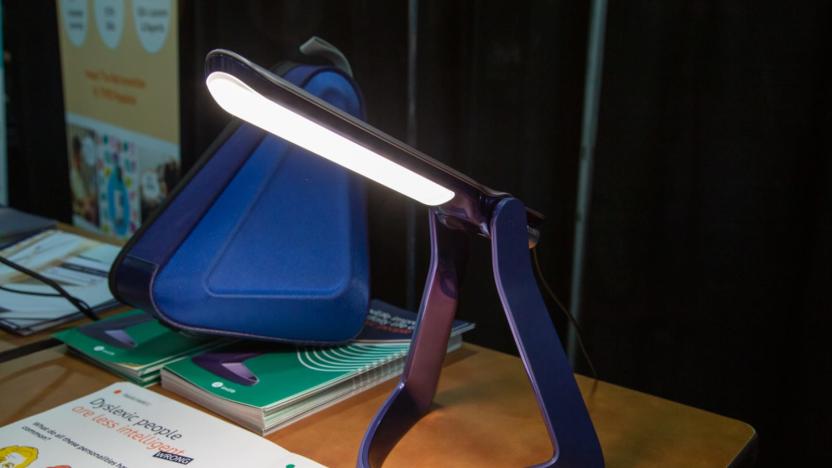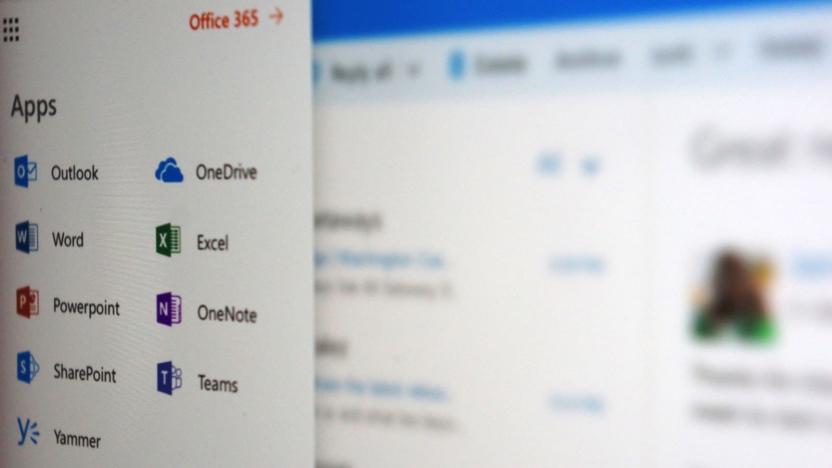dyslexia
Latest

Lexilight is a reading lamp designed to help people with dyslexia
The precise causes of dyslexia remain a mystery, though research out of France two years ago suggests the condition occurs when someone has two dominant eyes, rather than the usual one. This means letters appear mirrored or blurred, making it difficult to read. The Lexilight lamp tackles this problem with LEDs -- it pulses at a customizable rate, enabling the brain to process information from a single "dominant" eye and clearing up mashed-together letters instantly.

Microsoft adds dictation to Office web apps to help with dyslexia
Microsoft has made voice dictation available for desktop Office users for months. Now, though, it's making the feature available to web users in the name of aiding those with dyslexia. The browser versions of both Word and OneNote will enable dictation sometime in the "coming weeks" so that dyslexic students can write more effectively than they would by typing. This should also help for dysgraphia (a condition that makes it difficult to write coherently) and people with mobility issues, Microsoft added.

Tennis legend Andre Agassi is building tech to help with dyslexia
Andre Agassi, the legendary American tennis player, made an appearance at SXSW 2018 to announce a partnership with Square Panda, a startup that makes educational apps for kids. Through his Early Childhood Neuroscience Foundation, Agassi and Square Panda are creating Readvolution, an initiative that aims to develop the "first-ever" free dyslexia-assessment game. To make this happen, the plan is to get help from scientists in a number of universities in the US, such as the University of California at San Francisco (UCSF) and the Weill Institute of for Neurosciences.

Web code hints at what it's like to read with dyslexia
People with dyslexia can tell you about their frustrations with reading, but it's hard to really understand their condition without witnessing it first-hand. Well, you now have a quick and easy way to empathize with their situation: a developer has posted a web-based approximation of dyslexic reading (based on a friend's description) that uses little more than JavaScript to generate the effect. Letters constantly jump around, forcing you to concentrate on each word to make sense of what you're reading -- you can't just skim over it like you would otherwise. The source code is readily available, so you can implement it yourself if you want to see how the effect applies on other websites or within apps.


